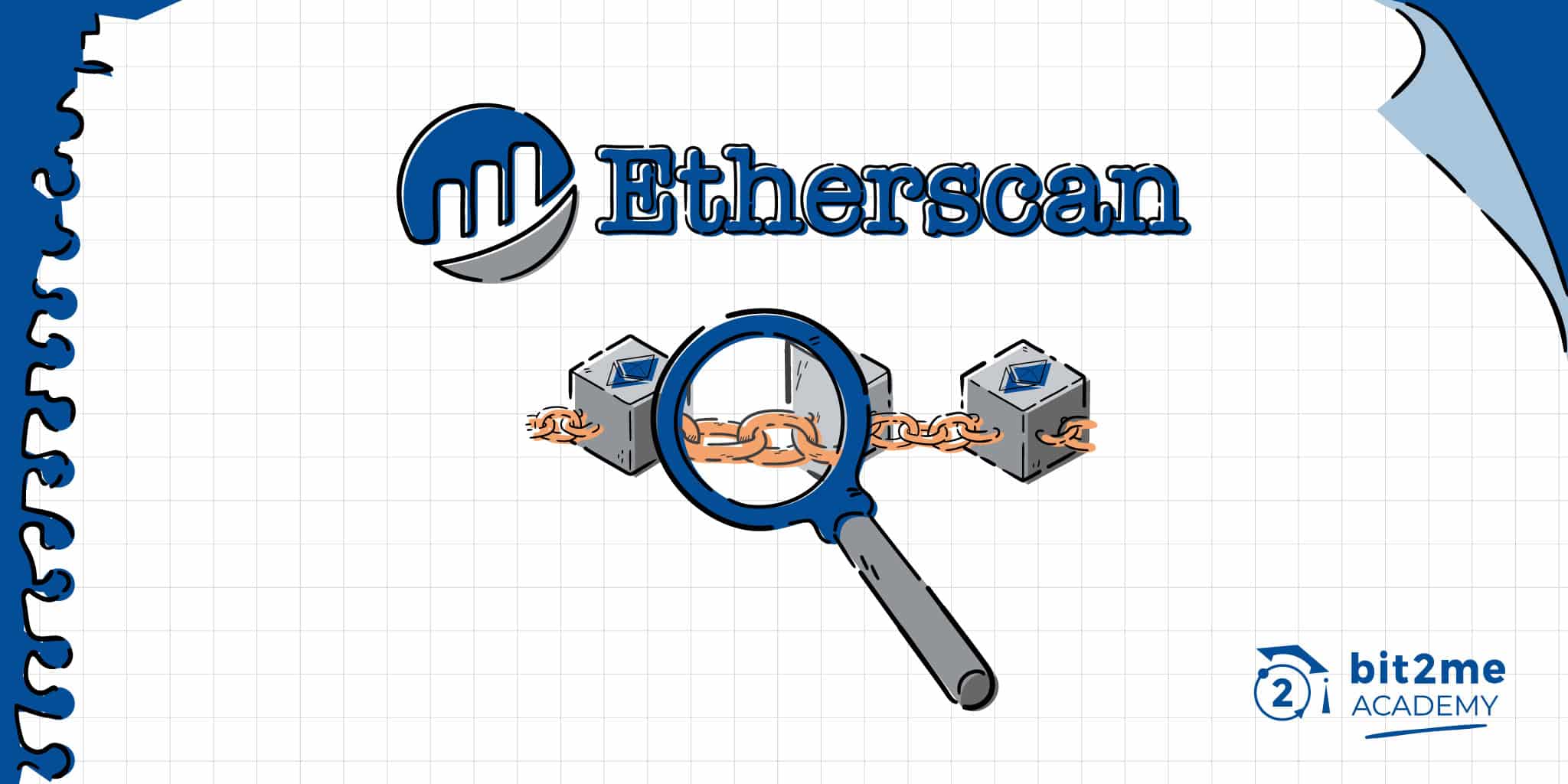Why Tracking Crypto Whales and Using Telegram Bots Isn’t Just Hype
Okay, so check this out—if you’re even remotely into crypto trading, you’ve probably heard about whale tracking and Telegram bots. But here’s the thing: most folks treat these tools like magic bullets, expecting to cash in overnight. Spoiler alert: it’s not that simple. Really, it’s a mix of gut instinct, data crunching, and a dash of behavioral psychology. And yeah, sometimes things get messy.
At first glance, watching those massive on-chain transfers feels like spotting a shark fin in the water. Whoa! Big money is moving, right? But then you realize—hold on, not every whale move spells a crash or moonshot. Some are just repositioning, hedging, or even trolling the market. My instinct said, “jump in now!” but the data suggested patience. So what gives?
Let’s dive deeper. Imagine you’re monitoring Ethereum whales using on-chain analytics. Platforms like https://etherscanner.github.io provide real-time alerts on big transfers, token unlocks, and wallet activity. It’s a goldmine if you know how to read it. But, and here’s the kicker, you can’t just blindly follow every signal. Noise is everywhere, and FOMO can wreck your portfolio faster than a flash loan attack.
Really? Yeah. FOMO management is a whole art. It’s not just about spotting a whale dumping tokens or a Telegram bot pinging a trade alert. It’s about filtering the signal from the noise, understanding the underlying motive, and resisting the urge to overtrade. I’ll admit, I’ve burned myself chasing shiny alerts before realizing most moves are reactions to previous moves—a reflexivity loop that can trap the unprepared.
Here’s what bugs me about some Telegram trading bots. They promise “auto profits” with zero effort, but often they’re just repackaging public data with delayed signals. By the time you get the alert, the opportunity may be gone or the slippage too high. Plus, bots can’t entirely grasp behavioral alpha—how market psychology drives price action beyond raw numbers.


Whale Tracking: More Than Just Following Big Fish
Think about it—whales aren’t just big fish; they’re complex actors with diverse strategies. Some are yield-farming, others play cross-DEX arbitrage, and a few engage in MEV (Miner Extractable Value) tactics that can sandwich your trades. I’m biased, but understanding their moves requires patience and context.
Initially, I thought whale tracking was just about spotting large token dumps to short the market. Actually, wait—let me rephrase that. It’s more about recognizing early demand signals and social sentiment shifts that precede big moves. For example, a sudden spike in whale wallet activity combined with on-chain liquidity heatmaps can hint at an impending sector rotation or token unlock event.
On one hand, you want to react fast to these cues—though actually, rushing in without slippage protection or gas-fee optimization can erode your gains. Timing is everything. That’s where sophisticated bots integrated with on-chain analytics come in. They can automate alerts for volatile periods, flash-loan arbitrage windows, or yield-farming pool shifts, helping traders avoid emotional traps like overtrading or loss aversion.
But caution: bots need smart-money indicators and nudge design principles baked in. Otherwise, they just amplify behavioral biases—anchoring bias, disposition effect, you name it. I often wonder if traders realize how much cognitive overload these constant pings cause. You end up chasing every dip or pump, forgetting the basics of portfolio stress tests and risk budgeting.
Telegram Bots and Behavioral Coaching: A New Frontier
Telegram trading bots have evolved beyond simple signal pushers. Now some incorporate behavioral coaching, using loss aversion and regret minimization frameworks. Seriously? Yes. These bots nudge you to set stop-loss orders, manage leverage appetite, and avoid liquidation anxiety. It’s like having a digital trading psychologist in your pocket.
Of course, not all bots are created equal. Some miss the mark on liquidity pool dynamics or fail to account for impermanent loss hedging. And let’s not forget about cross-chain swaps and the risks of stablecoin depegs. The more complex the strategies, the tougher it is to program effective behavioral KPIs.
Check this out—using analytics stacks that combine DexScreener data with Dune dashboards can illuminate multi-chart correlation patterns and volatility surfaces. These insights help bots and traders spot trend-reversal alerts or anticipate liquidation cascades. You don’t want to be the last one holding a bag when the market flips, right?
Honestly, sometimes the best move is to step back, breathe, and remember that not every whale move means immediate profit. The market’s a reflexivity loop, full of Pavlovian trades and expectation anchoring. Smart traders use these tools as guides, not gospel.
Oh, and by the way, if you want to peek under the hood of Ethereum transactions and whale flows, try https://etherscanner.github.io. It’s a solid resource to get hands-on with real data, see token unlock alerts, and track institutional flows. Nothing beats seeing the raw numbers yourself.
Wrapping Up (But Not Really)
So, where does that leave us? Whale tracking and Telegram bots are powerful, but they’re far from foolproof. The real edge comes from blending on-chain analytics with an understanding of behavioral economics—managing FOMO, avoiding overtrading, and recognizing cognitive biases. That’s the secret sauce.
Sure, I’m not 100% sure this approach guarantees wins every time. The crypto market is wild, unpredictable, and full of surprises. But ignoring these tools and insights? That’s like trying to drive blindfolded on a busy highway. Not smart.
Anyway, if you’re serious about crypto trading, don’t just chase alerts or blindly follow whales. Take time to explore the data, question your instincts, and maybe embrace a bit of that behavioral coaching. It’s a journey with lots of twists, but damn, it’s worth it.
